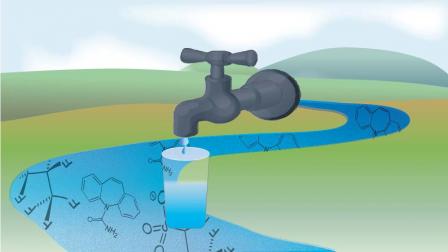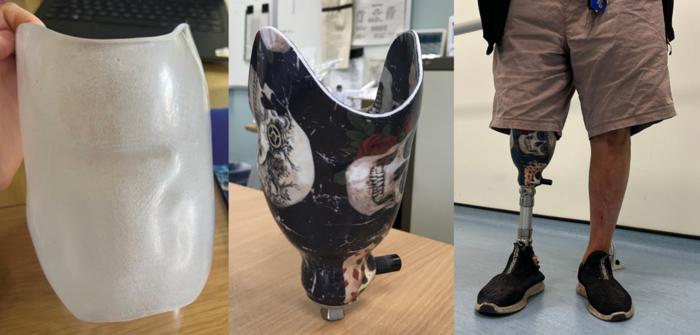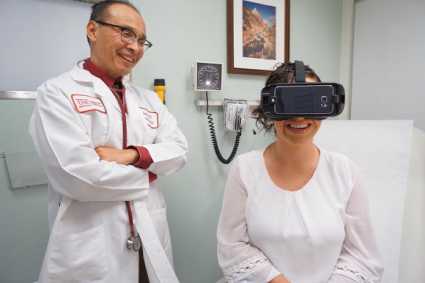Using artificial intelligence and the largest dataset of pediatric brain MRI scans, scientists have created a growth chart to monitor muscle mass in growing children.
The study, led by researchers from Brigham and Women’s Hospital, aims to provide a standardized and accurate method for assessing muscle mass through routine MRI scans. Published in Nature Communications, the research addresses the challenge of measuring muscle mass, particularly in pediatric cancer patients, where low muscle mass is common.
Dr. Ben Kann, the senior author, explains that the AI-based tool offers a quick and real-time way to track muscle thickness, allowing clinicians to determine if children are growing within an ideal range. Lean muscle mass is crucial for overall health, longevity, and daily functioning, making it an important indicator of well-being. Unlike body mass index (BMI), which only considers weight, the new method focuses on the thickness of the temporalis muscle outside the skull, providing a more accurate measure of lean muscle mass.
The growth charts generated by this methodology could become a valuable tool in routine brain MRI scans for conditions like pediatric cancers and neurodegenerative diseases. The hope is that by monitoring temporalis muscle thickness, clinicians can intervene promptly if signs of muscle loss appear, preventing the negative effects associated with conditions like sarcopenia.
However, the new method has limitations. It relies on scan quality, and suboptimal resolution may affect measurements and result interpretation. Additionally, the availability of MRI datasets outside the United States and Europe is limited, posing a challenge for creating a comprehensive global picture.
- eurekalert







